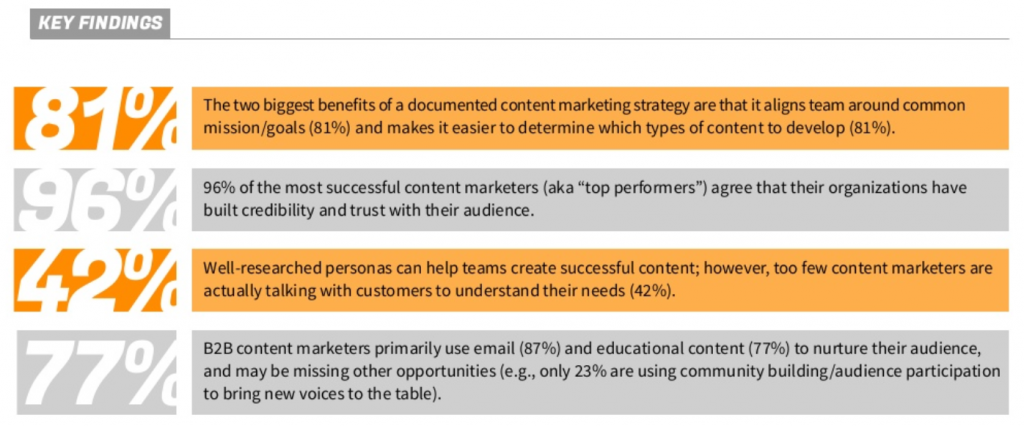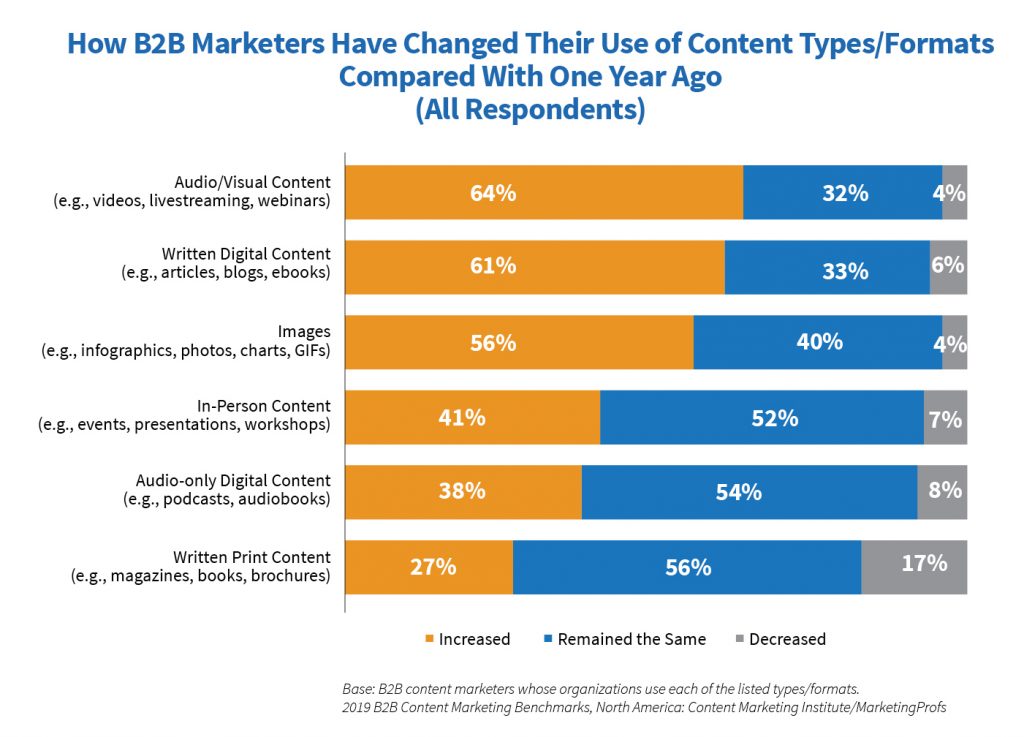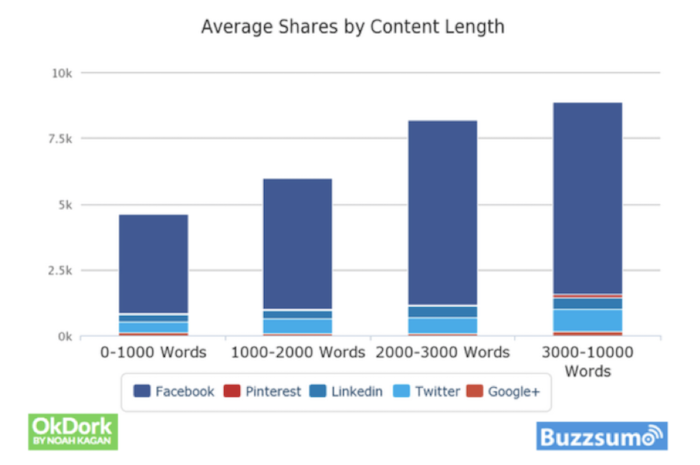First things first, building domain authority isn’t going to happen overnight. In fact, it can take years.
Why? Before we get into why, here’s a definition from Moz of what domain authority is:
“...a search engine ranking score developed [by Moz] that predicts how well a website will rank on search engine result pages (SERPs). A Domain Authority score ranges from one to 100, with higher scores corresponding to a greater ability to rank.”
But what determines domain authority?
Moz adds: “Domain Authority (DA) is calculated by evaluating multiple factors, including linking root domains and number of total links, into a single DA score. This score can then be used when comparing websites or tracking the "ranking strength" of a website over time. Domain Authority is not a metric used by Google in determining search rankings and has no effect on the SERPs.”
So, if DA is not determined by Google and other search engines, should you worry about it?
The answer is yes. While DA isn’t a ranking factor used by search engines, it includes elements that contribute to how websites and web pages rank in search engines. For example, backlinks from the right domains can help your content rank higher on search engine results pages (SERPs). But links without context aren’t enough. You need to have content that’s both SERP and people-friendly.
Everyone knows that Google wants to serve up the best content to users. If yours isn’t helpful, your brand won’t be seen as an authority by search engines. This means your content won’t rank higher than that of competitors with valuable information.
And therein lies the why. Domain authority is inextricably linked to content. The content you produce needs to be great enough to attract backlinks from authoritative sites, making yours appear as an authority.
So, how do you build domain authority?
In this blog post, we’ll cover two effective methods for building DA. We’ll look at the important role of content strategy, why you’ve got to produce interesting and helpful content, and it helps generate backlinks.
How to Build Domain Authority Using Content Strategy:
Build and Document Your Content Strategy
A lot has been said about content strategies and the importance of having one. But all the good reasons are true. Around 63% of businesses don’t actually have a documented content strategy, and that means they are marketing without a clear direction.
And for those with a documented strategy, 81% said it helped align their team around common mission/goals, enabling them to easily determine the types of content to produce.

Image: CMI
Which begs a hard but honest question: how can you expect to produce predictable marketing results to increase your brand’s DA without direction? You can’t. Developing a content marketing strategy eliminates the vagueness often associated with digital marketing.
For example, if you’re trying to build domain authority, but don’t know which websites and types of content will help you generate strong backlinks, or why, increasing your DA is going to be tough. So, what should go into your content marketing strategy? Think of it as the ultimate plan for building your brand online. When documented, here’s what it should include:
Mission and Goals
Detail what your brand’s focus is and why. Your mission statement and goals should provide an overview of who your target audience is and how you plan to engage and offer value to them.
KPIs You’ll Measure
Everything you create as part of your content marketing strategy must be tracked and measured. But not all metrics are weighted equally. For example, if your biggest challenge is converting leads into paying customers, worrying about the number of likes on each Facebook post isn’t the most important metric to track, follow and focus on increasing.
Who Your Audience is
Personas are an inescapable aspect of digital marketing. Your strategy must include a collection of all the types of people who fit your ideal customer profiles.
Identifies the Competition
You also need to know who your competition is, what makes them a threat and how you can create more compelling messaging around your products and services to better position your brand.
Types of Content You’ll Produce
Content is what will attract more of your audience and the kind of backlinks and authority you need to strengthen your DA. But it has to be the right mix of content to get the job done.
Resources That Support Your Content Marketing Strategy
What’s your budget? Will you employ in-house content writers or outsource the work? Who will manage content production? What will your workflows look like? These are some of the crucial questions you’ll need to answer to build a strong content production model.
A Content Calendar
Predictability is established when plans and processes are in place. And your content calendar will help solidify those plans by showing what’s happening and when.
How You’ll Promote Your Content
The rule of seven dictates that consumers need to see a marketing message at least seven times before they engage a brand. When it comes to content marketing, you need to develop a solid promotion plan for your content to get your brand out there.
This means answering the following questions:
- Which channels will you use and why?
- How many times will you promote content?
- Will you use paid media?
- Will you recycle social posts?
- Will you syndicate written content?
Build High-Quality Backlinks
Backlinks are likely one of the single most important elements that influence domain authority. This is due to the way Google and other search engines rank content.
As mentioned earlier, Google, for example, wants to provide its users with the best possible content for their searches. This means content that answers questions. When your content receives a large number of backlinks, it’s seen as an authority on a subject.
Yes, there are many other ranking factors to account for. In fact, some SEOs estimate there to be 200. But backlinks are seen as one of the most heavily weighted factors. How do you attract high-quality backlinks?
Create...
More Visual Content
Content is ultimately what powers all DA. People search for it and link to it. Great content has to be head and shoulders above the rest. One of two of the best types of content to produce is visual content.
For example, infographics are a great storytelling medium. They help quantify stats and figures for your target audience in a visually appealing format. They’re also effective at attracting attention. According to Venngage, 40.2% of marketers mentioned that infographics we amount the top-performing types of content they produced in 2018.
Video has also become a strong marketing tool for brands. Research shows that brands have started producing more video content to be more competitive.

Image: Content Marketing Institute
It’s clear that these are both strong content formats. Weave them into your website content to attract backlinks that will help power stronger DA.
Write More Long-Form Content
This isn’t a new idea, but it’s still a valid and low-hanging fruit - if implemented correctly. Truth is, anyone can create long-form content, but what matters most is the quality of the content. Does it offer valuable insights, answer important questions, or provide the right amount of context?
How long should your content be? Most SEOs argue that blog posts should be no less than 1500 words long. The figure is based on a study produced by Buzzsumo and OkDork. Research showed a correlation between the number of words in a written piece and the amount of shared it received.
According to the findings, content with over 1500 words received over 5000 shares on social media. It attracted attention because it was viewed as a resource for readers looking for helpful information.

Image: OkDork
But it’s not enough to simply write long blog posts and wait for people to link to them. You need to be more proactive to get the links you need. The simplest way to use blog posts for link generation is still guest posting.
Yes, there’s been a fair amount of controversy surrounding guest blogging. But most of it was based on information taken out of context. Guest blogging got out of hand when spammy sites offered guest posts as part of their link building strategy.
But wait, we’re trying to build links using blog posts, too. Does that mean you’ll be penalised? No.
Matt Cutts, Google’s head of spam mentioned spammy sites.
What is a spammy site? It’s a website that produces spam backlinks.
Spam backlinks are created to drive rankings without giving back (linking outwards). They are also created on behalf of a website without the owner’s knowledge or consent. They consume website resources and damage a site’s credibility. By working with legitimate websites and creating compelling content, you’ll be able to generate strong and helpful backlinks to grow your DA.
Play the Long Game
Building your website’s domain authority will take time. You need to view it as a process of establishing your brand as a credible source of information for both visitors and search engines. This means creating high-quality content that visitors and search engines see as valuable.
To achieve authority in your market, you must create a well-documented content marketing strategy. It will serve as your roadmap and ensure that all content you produce is directly aligned with your brand’s mission and goals.


